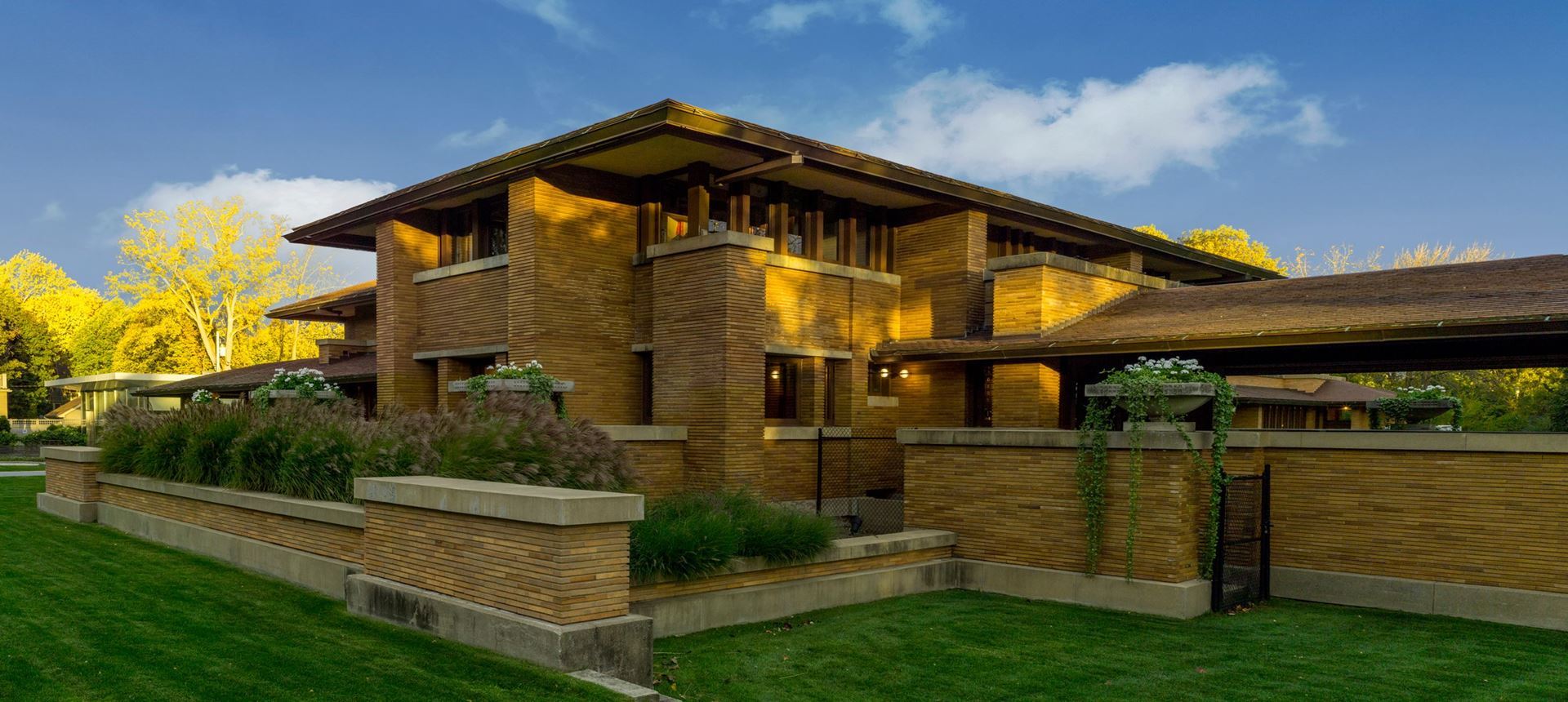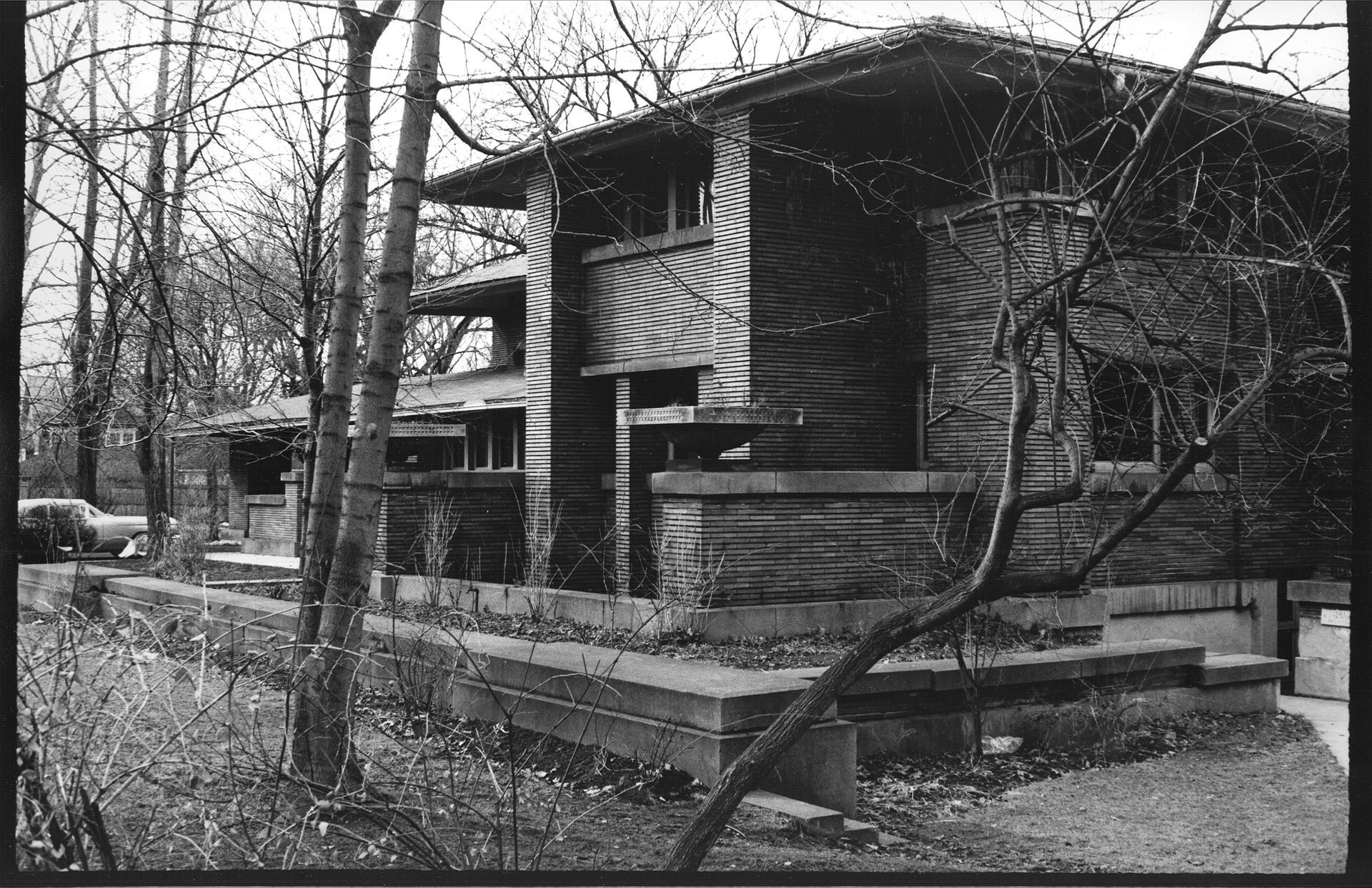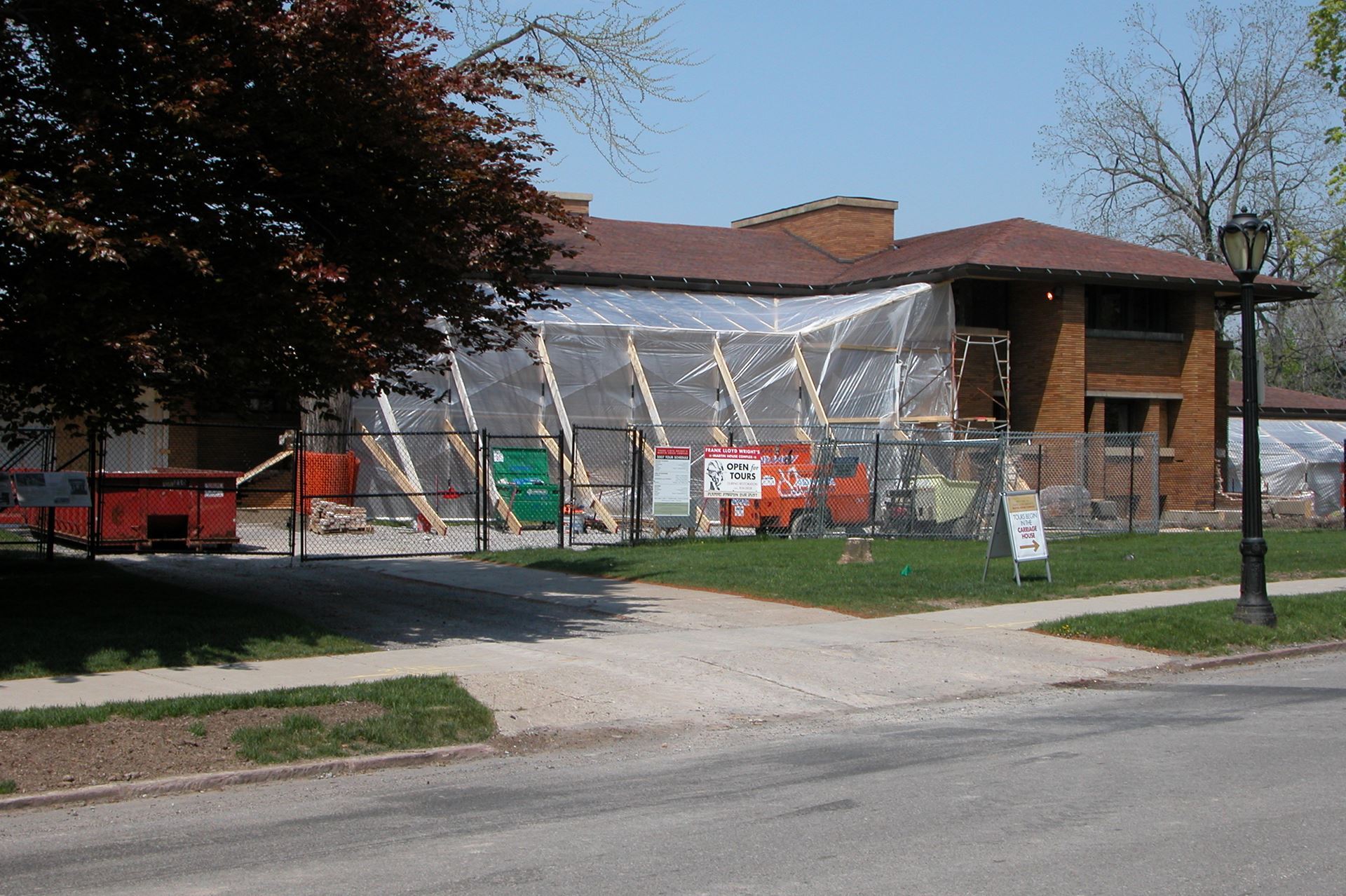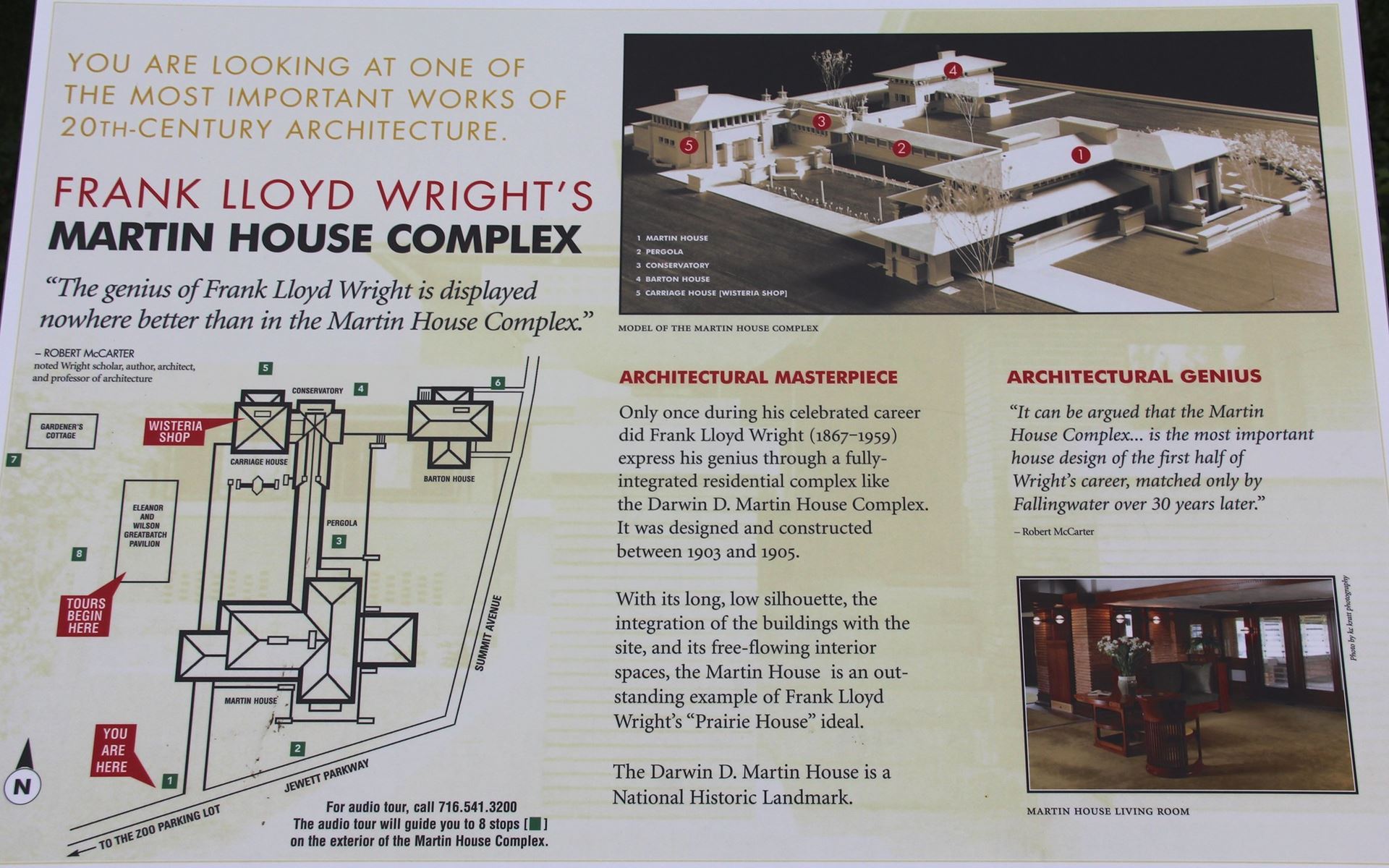In 2018, New York State’s Regional Economic Development Councils (REDC) awarded over $15 million for capital improvement projects to museums. Museums are using these funds to expand gallery and exhibition spaces, improve facilities to increase accessibility, and adapt new spaces. These museum capital projects involve major construction projects that often serve as a catalyst for economic investment in their regions. All of these projects strengthen museums’ ability to implement their missions and serve their communities and their visitors.
REDC funded projects include a new entrance and visitor center at Sonnenberg Gardens and Mansion State Historic Park, a 100,000 square foot expansion at The Strong National Museum of Play that will allow for new exhibitions and additional facilities for educational programs. The Studio Museum in Harlem’s capital project to reconstruct and re-envisioning of its current facilities will help it better serve its audiences. The Children’s Museum of the East End will build a permanent facility to expand community access to arts and cultural programming that will allow it to change from seasonal to year-round operations. Museums across New York State want to improve access to their collections and programming. While these projects will build capacity, they also require museums to think strategically about staffing, admissions, interpretation, and maintaining public engagement with visitors throughout the construction. Especially if the museum has been undergoing major construction for over two decades like Frank Lloyd Wright’s Darwin Martin House.

Frank Lloyd Wright's Darwin Martin House, Image courtesy the Frank Lloyd Wright Martin House Facebook page.
Frank Lloyd Wright’s Darwin Martin House 25-Year Restoration
The buildings at Frank Lloyd Wright's Martin House complex in Buffalo, NY began a $52 million restoration journey back in the early 1990s which was finished earlier Executive Director Mary Roberts was proud to announce that restoration was complete.
This project evolved from $10 million for the restoration of a single building to the restoration of the entire complex with a final budget that exceeded $50 million. Public funding accounted for $32 million of the total budget with $24 million from multiple New York State agencies. The balance between achieving this massive restoration project and continuing programming required creative solutions. “Restoration has been the backdrop to our operations for two decades and throughout the multiple phases of work, our interpretation has necessarily adapted to spaces and entire buildings under construction and restoration,” said Roberts.
 Exterior view of the Darwin D. Martin House, 1959. Victor Shanchuck, courtesy Martin House Restoration Corporation.
Exterior view of the Darwin D. Martin House, 1959. Victor Shanchuck, courtesy Martin House Restoration Corporation.
Interpretation Alteration
The Darwin Martin House embraced and incorporated ongoing restoration into its interpretative strategy. This approach allowed the museum to remain open and keep audiences engaged. “As programming revenue is so important to any presenting organization, we created messaging, tours and programs that made the most of the process inviting guests to experience a ‘once in a lifetime opportunity’ when they visited the work in progress,” said Roberts. Tours like “Hard Hat Tours” or “Restoration Tours” gave visitors the opportunity for an insider look at the restoration. “Hard Hat Tours” included an actual hard hat (for safety in an active construction site). These tours gave architecture enthusiasts or those curious to see up close structural details and restoration work. Throughout construction, tours and interpretation strategies evolved and changed to adapt to the work in progress.
 Martin House, Open for Tours While Under Restoration. Courtesy Martin House Restoration Corporation.
Martin House, Open for Tours While Under Restoration. Courtesy Martin House Restoration Corporation.
Building Closures and Public Accessibility
Building construction might necessitate museums like the Darwin Martin House to face some long-term closure. During one interior restoration phase, one half of the main residence was kept open while the other half remained closed. These areas shifted as construction progressed. The museum built artificial walls with viewing windows that looked into these construction zones giving visitors a peek into the work in progress. “We required contractors to maintain safe and clean work spaces knowing that visitors would be adjacent to work zones,” Executive Director Roberts said. This approach allowed the museum to not fully close to the public, keep a revenue stream, and offer a unique experience that encouraged visitors to return after the restoration to see the project completed.
Today the Martin House Restoration Corporation is bringing the Martin House complex back to its former magnificence in the most ambitious restoration of a Frank Lloyd Wright site ever undertaken. Three of the original elements — the pergola, conservatory and carriage house, which were demolished decades ago, are rebuilt in the first-ever reconstruction of Wright buildings. The historic site is operated as a house museum and will remain open for tours throughout the restoration. From time to time a specific tour space in the Martin House may be unavailable due to ongoing restoration. An alternate space will be made available.
-Darwin Martin House website, May 2015
 Reconstruction of Pergola, Conservatory, courtesy Martin House Restoration Corporation.
Reconstruction of Pergola, Conservatory, courtesy Martin House Restoration Corporation.
Construction and Public Perception
The Darwin Martin House created positive and informative messaging on construction fencing to keep visitors and the local community informed. This signage provided details about the restoration projects. The Darwin Martin House also provided educational lectures, programs, and exhibitions on site and at partner locations that focused on the restoration. Additionally, the Darwin Martin website included details for each restoration phase. “We tried to never apologize for work in progress, and instead created messaging delivered by our staff and volunteer docents that the restoration was a very positive thing, and something we were proud of,” said Roberts. Marketing messaging and publicity celebrated each completed restoration phase and kept restoration work transparent that also engaged the public.
Construction and Community

Construction signage outside the Darwin Martin House
One priority that the Darwin Martin House kept throughout its 25-year long restoration was being sensitive to the needs of their Parkside Community. “The Parkside Community Association has an ex officio seat on our board of directors in order to maintain strong lines of communication and foster involvement that has enabled a strong and positive relationship,” said Roberts. “We offered special meetings, receptions and sent written updates with information in advance about projects to the neighbors, and invited their comments and questions on a regular basis.” Community engagement during massive construction projects fosters public trust and encourages public support.
Governor Andrew Cuomo closed the final gap for restoration funding with $5 million that was used to rehabilitate the historic landscape, preserve the Barton House (the secondary residence on the estate), and complete the restoration of the second floor of the Martin House 25 years after construction began. Capital improvement funding is critical to improving museums’ ability to increase admissions and solidify their role as economic engines in the New York State economy. The completed restoration at the Darwin Martin House will “boost the number of tourists significantly above the nearly 400,000 who came last year,” Patrick Kaler, Visit Buffalo Niagara for The Buffalo News (June 2019). Funding for these massive projects are important to increase capacity that is needed to achieve these economic development numbers and require museums like the Darwin Martin House to be strategic in planning interpretation, engagement, and in maintaining programming revenue. “...the restoration is an important part of the story we tell, and it is now a part of the history of our National Historic Landmark and New York State Historic Site,” Executive Director Roberts said. “It is a project that has captured the imaginations and hearts of many. It is a symbol of what a community can do when it sets its mind to doing something important.”
Final Thoughts: The Darwin Martin House Strategy
-
Embrace the construction work and include it into your interpretation
-
Find unique solutions to keep up with programming and tours that incorporate the construction
-
Promote capital improvement projects with positive messaging and include the community in the conversation
-
Stay transparent by listing information about construction on a website
